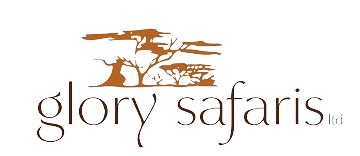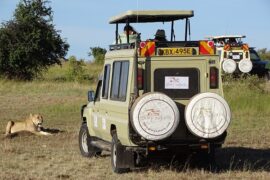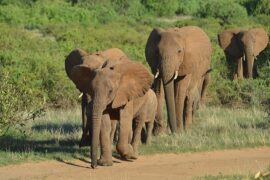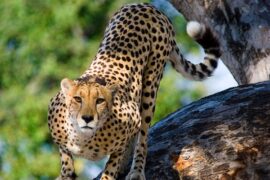Lake Bogoria National Reserve
The Lake Bogoria National Reserve covers 107 km sq and is easily reached from either Nakuru or Lake Baringo.
The reserve is most famous for its flamingo population, its strange and quite stunning scenery and the presence of the rare Greater Kudu.
It is better to visit the Lake either in the early morning or late evening, as it is fiercely hot at midday and so staying in the area is probably the best option.
It is the deepest alkaline lake in Kenya with numerous alkaline hot springs that contribute significant inflow into the lake. The reserve comprises of the lake and the terrestrial portion with various vegetation types and terrain.
Amongst these vegetation types are grasslands, thickets and woodlands. The woodlands form an important habitat for the endangered Grater Kudu (Tragelaphus strepsciseros) and other mammals.
The reserve is rich in biodiversity and the lake is an important stopover point for the northern tourist circuits in Kenya.
Climate
The climate is warm (25°C to 35°C) all year round, day and night. While a welcome breeze blows off the Lake in the evenings, the sensation of coldness is practically unknown here.
The annual average rainfall is 640 mm, a large proportion of which falls in May-July and a lesser amount in November-December.
Wildlife
Apart from Flamingo, of interest to the specialist will be Little Grebe, Tawny Eagle, Pratincole, Swift, Little Bee-eater, Cape-wigeon, Yellow-billed Stork, African Spoonbill, Augur Buzzard, Gabar Goshawk, Water Dikkop, Great Tit, Starling, Hornbill and Crombec.
Attractions
HOTSPRINGS & GEYSERS: The hot springs has high temperature and highly mineralized and are sourced from shallow aquifers in contact with lava intrusions. They have an estimated discharge of 9001 sec-1.
The spring are found in three clusters: Loburu, Chemurkeu and Mwanasis-kiburu-Losaramat area, temperature of the springs range about 100°C to 170°C.
WETLANDS & SWAMPS: Several swamps occur in the area and differ in size, water chemistry, biota, and hydrology.
The Loboi swamp is the largest and constitutes a key ecosystem component as a water reservoir for livestock, domestic, and agricultural supply.
SCENERY: The Siracho Escarpment that is an extension of the upper catchment’s Laikipia escarpment on the eastern part of the lake with its various gorges and vegetation types is of peculiar aesthetic value.




